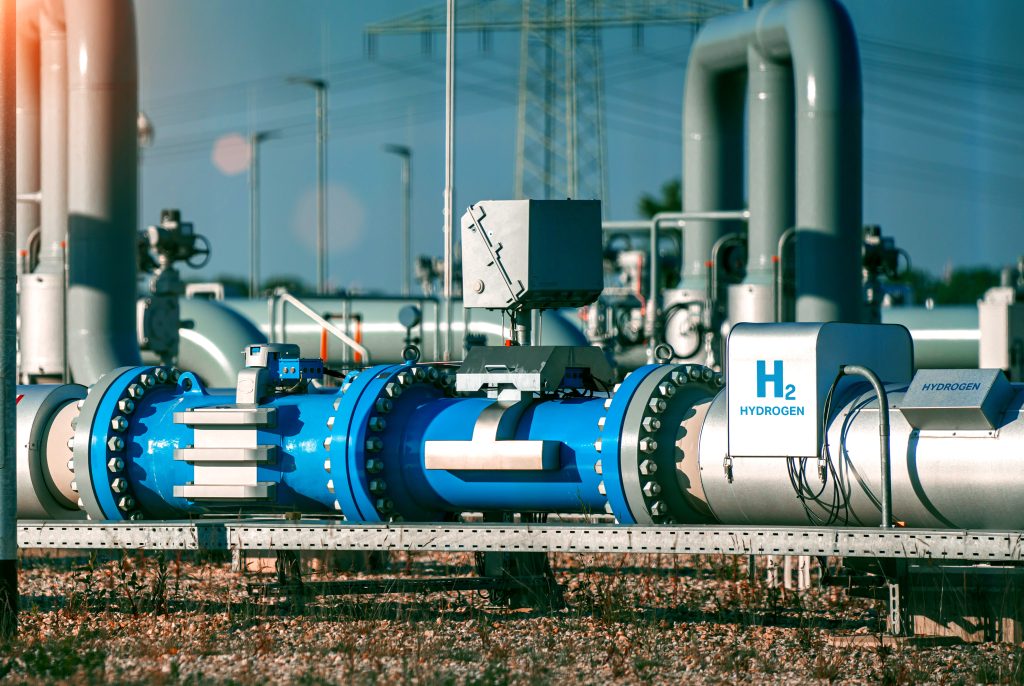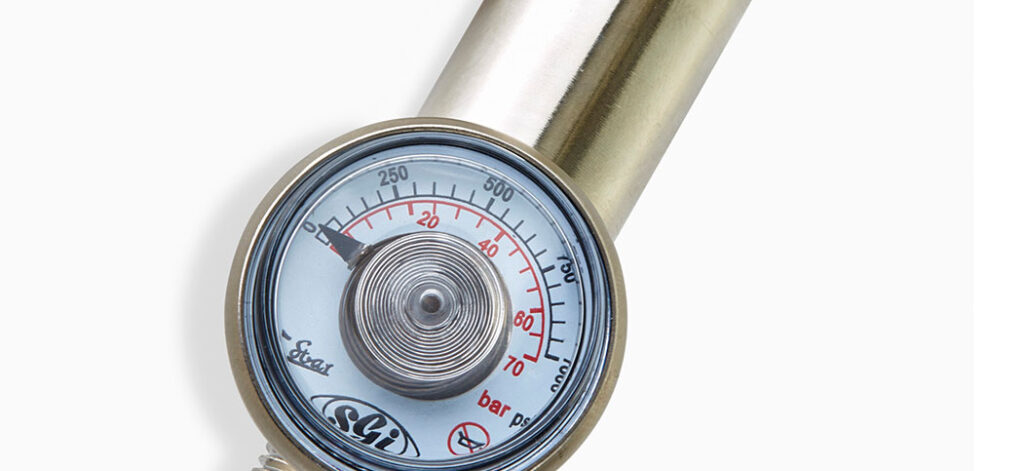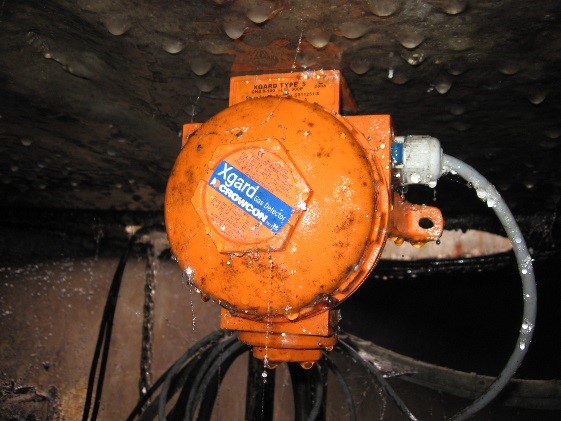La mayoría de los compuestos químicos orgánicos arden. La combustión es una reacción química simple en la que el oxígeno de la atmósfera reacciona rápidamente con una sustancia, produciendo calor.
Los compuestos orgánicos más simples son los llamados hidrocarburos, que son los principales constituyentes del petróleo crudo/gas. Estos compuestos están formados por carbono e hidrógeno. El hidrocarburo más simple es el metano, cada molécula del cual está formada por un átomo de carbono y cuatro de hidrógeno. Es el primer compuesto de la familia conocida como alcanos. Las propiedades físicas de los alcanos cambian al aumentar el número de átomos de carbono en la molécula: los que tienen entre uno y cuatro son gases, los que tienen entre cinco y diez son líquidos volátiles, los que tienen entre 11 y 18 son fuelóleos más pesados y los que tienen entre 19 y 40 son aceites lubricantes. Los hidrocarburos de cadena carbonada más larga son los alquitranes y las ceras.
Los diez primeros alcanos son:
CH4 metano (gas) C6H14 hexano (líquido)
C2H6 etano (gas) C7H16 heptano (líquido)
C3H8 propano (gas) C8H18 octano (líquido)
C4H10 butano (gas) C9H20 nonano (líquido)
C5H12 pentano (líquido) C10H22 decano (líquido)
Los alquenos son similares, pero su estructura molecular incluye dobles enlaces (ejemplos: etileno y propileno). Tienen más energía por molécula y, por tanto, arden más. También son más valiosos en la fabricación de otros productos químicos, como los plásticos. Los alquinos contienen enlaces triples (por ejemplo, el acetileno) y se utilizan para soldar metales. Todos los compuestos anteriores se conocen como alifáticos, lo que significa que los átomos de carbono están todos estirados en línea. Los hidrocarburos aromáticos, como el benceno, tienen una estructura molecular en anillo, por lo que tienen menos hidrógeno por átomo de carbono y arden con una llama ahumada.
Cuando los hidrocarburos se queman, reaccionan con el oxígeno de la atmósfera para producir dióxido de carbono y vapor, aunque si la combustión es incompleta porque no hay suficiente oxígeno, también se produce monóxido de carbono.
Los compuestos orgánicos más complejos contienen elementos como oxígeno, nitrógeno, azufre, cloro, bromo o flúor y, si se queman, los productos de la combustión incluirán compuestos adicionales. Por ejemplo, las sustancias que contienen azufre, como el petróleo o el carbón, producirán dióxido de azufre, mientras que las que contienen cloro, como el cloruro de metilo o el cloruro de polivinilo (PVC), producirán cloruro de hidrógeno.
En la mayoría de los entornos industriales en los que existe riesgo de explosión o incendio debido a la presencia de gases o vapores inflamables, es probable encontrar una mezcla de compuestos. En la industria petroquímica, las materias primas son una mezcla de sustancias químicas, muchas de las cuales se descomponen de forma natural o pueden alterarse mediante procesamiento. Por ejemplo, el petróleo crudo se separa en muchos materiales mediante fraccionamiento (o destilación fraccionada) y "craqueo". En el fraccionamiento, los gases muy volátiles se eliminan a temperaturas en las que sólo ellos son volátiles, luego a temperaturas más altas en las que los compuestos más pesados son volátiles y, por último, a temperaturas aún más altas para los hidrocarburos más grandes. En el craqueo, el calor y la acción catalítica rompen las grandes moléculas de hidrocarburos para formar moléculas más pequeñas.
Inertización
Para evitar explosiones durante las operaciones de parada y mantenimiento, muchos procesos industriales emplean un procedimiento de inertización. Llene un recipiente de gas hidrocarburo con aire y, en algún momento, la mezcla se volverá explosiva y peligrosa. Utilice un proceso de dos etapas en el que el hidrocarburo se sustituye por nitrógeno y, a continuación, el nitrógeno se sustituye por aire, y en ninguna etapa se corre el riesgo de explosión. Esto se denomina purgar un recipiente (por ejemplo, un buque cisterna de combustible o los tanques de almacenamiento de un petrolero). La purga de hidrocarburos es una práctica habitual antes de realizar trabajos de mantenimiento o reparación. Antes de la entrada del personal, el buque debe purgarse con aire respirable. Crowcon dispone de instrumentación especial para supervisar todo este proceso a fin de garantizar una inertización eficaz y alertar a los operarios de la presencia de mezclas potencialmente peligrosas de aire, nitrógeno e hidrocarburos durante las operaciones de mantenimiento.
Normas que definen la concentración LEL
Los procedimientos de seguridad suelen consistir en detectar el gas inflamable antes de que alcance su límite inferior de explosividad. Hay dos normas de uso común que definen la concentración "LIE" de las sustancias inflamables: ISO10156 (también referenciada en la norma sustituida EN50054), e IEC60079-20-1:2010. La CEI (Comisión Electrotécnica Internacional) es una organización mundial de normalización. Históricamente, los niveles de inflamabilidad se han determinado mediante una única norma: ISO10156 (Gases y mezclas de gases - Determinación del potencial de incendio y de la capacidad comburente para la selección de salidas de válvulas de botellas).
Las normas IEC y EU (europeas) (IEC60079 y EN61779) definen las concentraciones LEL medidas utilizando una concentración "agitada" de gas (en oposición al método de gas "quieto" empleado en ISO10156). Se ha demostrado que algunos gases/vapores son capaces de mantener un frente de llama a concentraciones de combustible más bajas cuando están agitados que cuando están quietos. Pequeñas diferencias en los resultados de volumen 100%LEL. Esto se debe a que la distancia media entre una molécula en combustión y una molécula sin quemar es algo menor cuando se agita el gas. El LIE resultante varía ligeramente entre las dos normas para algunos gases/vapores.
La tabla de la página siguiente muestra algunas de las diferencias notables en los valores de LEL entre las dos normas. Puede verse claramente que el 50% de LIE de metano en la norma EN60079 se calcula a una concentración de 2,2% de volumen en aire, frente al 2,5% de volumen que indica la norma ISO10156. Por lo tanto, si se calibra un detector según la norma EN60079 utilizando una mezcla de metano al 50% de LIE realizada según la norma ISO 10156, se produciría un error de sensibilidad del 13,6% que podría invalidar la calibración. El error podría ser incluso mayor en los detectores infrarrojos no lineales.
| SUSTANCIA | % VOL A 100% LEL ISO10156: 2010 (E) | % VOL A 100% LEL IEC60079-20-1:2010 | PUNTO DE IGNICIÓN oC | TEMP. IGNICIÓN oC | PESO MOLECULAR (AIRE=28,80) | DENSIDAD DEL VAPOR (AIRE=1) |
| Acetileno | 2.3% | 2.3% | - | 305 | 26.0 | 0.90 |
| Amoníaco | 15.4% | 15.0% | - | 630 | 17.0 | 0.59 |
| Benceno | 1.2% | 1.2% | -11 | 560 | 78.1 | 2.70 |
| Butano | 1.4% | 1.4% | -60 | 372 | 58.1 | 2.05 |
| iso-Butano | 1.5% | 1.3% | - | 460 | 58.1 | 2.00 |
| Etano | 2.4% | 2.4% | - | 515 | 30.1 | 1.04 |
| Etanol | 3.1% | 3.1% | 12 | 363 | 46.1 | 1.59 |
| Etileno | 2.4% | 2.3% | - | 425 | 28.0 | 0.97 |
| Hexano | 1.0% | 1.0% | -21 | 233 | 86.2 | 2.97 |
| Hidrógeno | 4.0% | 4.0% | - | 560 | 2.00 | 0.07 |
| Metano | 5.0% | 4.4% | - | 537 | 16.0 | 0.55 |
| Metanol | 6.0% | 6.0% | 11 | 386 | 32.0 | 1.11 |
| Pentano | 1.4% | 1.1% | -40 | 258 | 72.2 | 2.48 |
| Propano | 1.7% | 1.7% | -104 | 470 | 44.1 | 1.56 |
| Tolueno | 1.0% | 1.0% | 4 | 535 | 92.1 | 3.20 |
| Xileno | 1.0% | 1.0% | 30 | 464 | 105.40 | 3.66 |
La Directiva Europea ATEX (que cubre la certificación y el uso de equipos en atmósferas inflamables), estipula que los fabricantes y usuarios cumplan la norma EN61779. La política de Crowcon es aplicar los nuevos valores de LEL en Europa y los territorios que se adhieren a las normas europeas. Sin embargo, como la antigua norma se sigue utilizando en EE.UU. y otros mercados, seguiremos calibrando según la norma ISO 10156 en estos territorios. Los productos Crowcon con certificación ATEX/IECEx se suministrarán calibrados según las normas IEC60079/EN61779 (es decir, los sensores de metano se calibrarán de forma que 100% LEL = 4,4% volumen). Los productos certificados por UL/CSA se calibrarán de acuerdo con la norma ISO10156 (es decir, los sensores de metano se calibrarán de forma que 100% LEL = 5% volumen) a menos que un cliente estipule lo contrario.
Niveles de alarma
Los sistemas de detección de gases inflamables están diseñados para crear alarmas antes de que los gases/vapores alcancen una concentración explosiva. Normalmente, el primer nivel de alarma se fija en el 20% de LIE (aunque hay industrias que prefieren el 10% de LIE, sobre todo las empresas petroleras y de gas). Los niveles de alarma segundo y tercero varían en función del tipo de industria y aplicación, pero suelen fijarse en el 40% de LIE y el 100% de LIE, respectivamente.
VISIÓN DEL SECTOR
Suscríbase para recibir las últimas novedades
EN su buzón de entrada
Información sobre Crowcon Privacidad y Política de cookies. Si cambia de opinión, puede darse de baja en cualquier momento






